
Researcher working on Qur'anic manuscripts and Islamic inscriptions | Founder of QMI | 📧 ashaker@quranmss.com | باحث في المصاحف المخطوطة
How to get URL link on X (Twitter) App


 The claim seems to stem from what al-Zarkashī (d. 794 H) mentioned in his al-Burhān, and it was later echoed by al-Suyūṭī (d. 911 H) in al-Itqān. Both referenced a report under "fa'idah" suggesting the term "muṣḥaf" was borrowed from the people of Ḥabasha (Abyssinia).
The claim seems to stem from what al-Zarkashī (d. 794 H) mentioned in his al-Burhān, and it was later echoed by al-Suyūṭī (d. 911 H) in al-Itqān. Both referenced a report under "fa'idah" suggesting the term "muṣḥaf" was borrowed from the people of Ḥabasha (Abyssinia).

https://twitter.com/brethrenfpurity/status/1697703836016599420Scholars don't rely solely on C14 for dating manuscripts. Its results are paired with other analyses like paleography and codicology. Thus, no one claims C14 is the sole method to confidently date Quran manuscripts.

https://twitter.com/shakerr_ahmed/status/1654516944572149762Inscription dated 91 AH

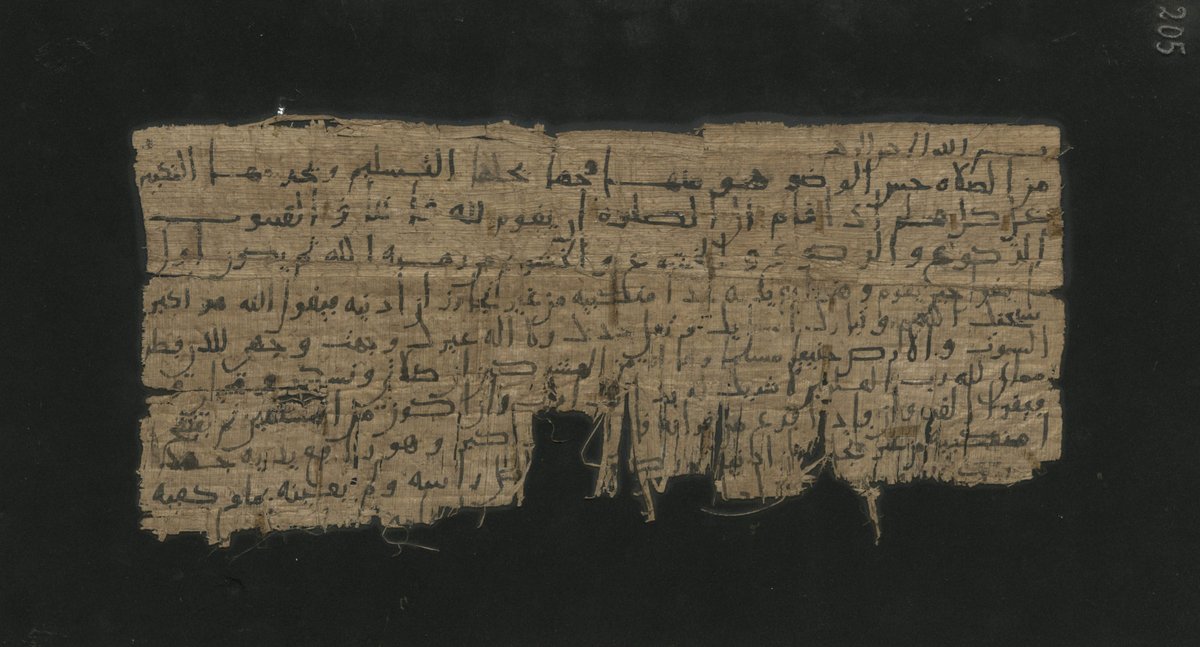

 Reading of papyrus
Reading of papyrus 

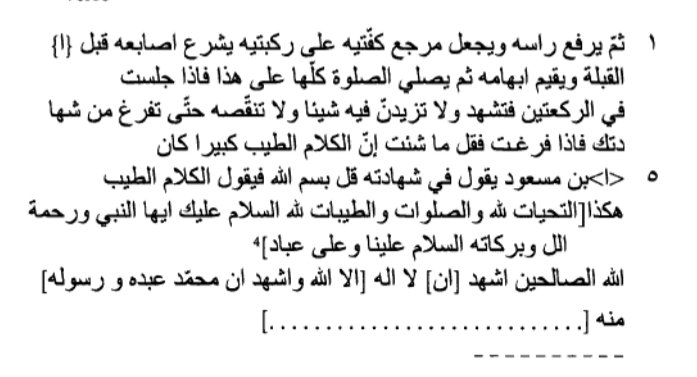


 Translation: "May God forgive Abū Bakr and ʻUmar and ʻUthmā<n> and ʻAlī and Ṭalḥa and Zub<ay>r and Saʻd and Saʻīd and ʻAbd al-Raḥmān b. ʻAwf al-Zuh<ry> and Muʿ<ā>wiya ibn Abī Sufyān."
Translation: "May God forgive Abū Bakr and ʻUmar and ʻUthmā<n> and ʻAlī and Ṭalḥa and Zub<ay>r and Saʻd and Saʻīd and ʻAbd al-Raḥmān b. ʻAwf al-Zuh<ry> and Muʿ<ā>wiya ibn Abī Sufyān."

 Source:
Source: 
https://twitter.com/PhDniX/status/1627592371834703873
 3. As Robert Hoyland points out, early Islamic inscriptions were not intended as "catechisms of Islamic doctrine," and that they cannot be used to isolate the different stages of Islam's growth.
3. As Robert Hoyland points out, early Islamic inscriptions were not intended as "catechisms of Islamic doctrine," and that they cannot be used to isolate the different stages of Islam's growth.
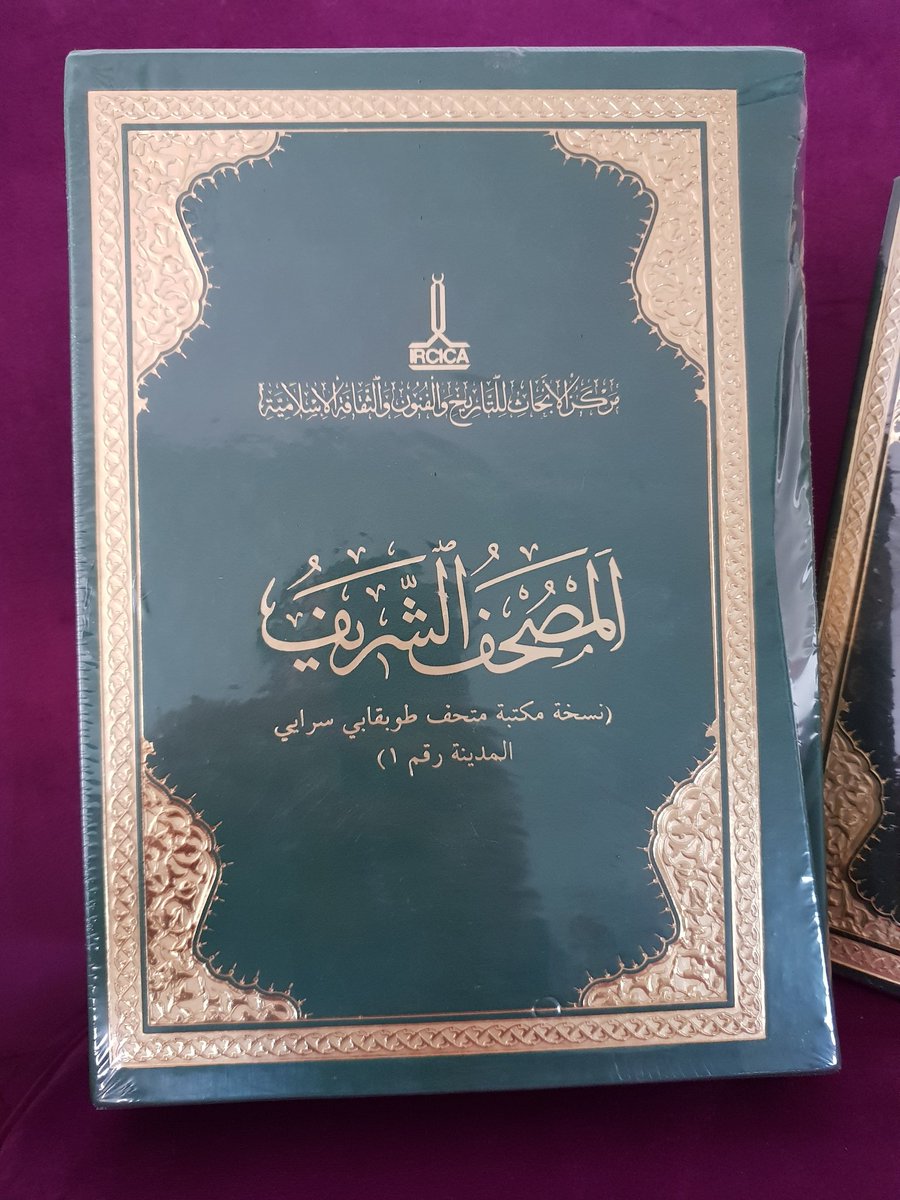
 Note: Scholarly review of this 2-volume work is currently under-preparation and will be published at another convenient platform. For now, I will be sharing some of my general observations and notes on this early, rather complete, Qur'an manuscript.
Note: Scholarly review of this 2-volume work is currently under-preparation and will be published at another convenient platform. For now, I will be sharing some of my general observations and notes on this early, rather complete, Qur'an manuscript.
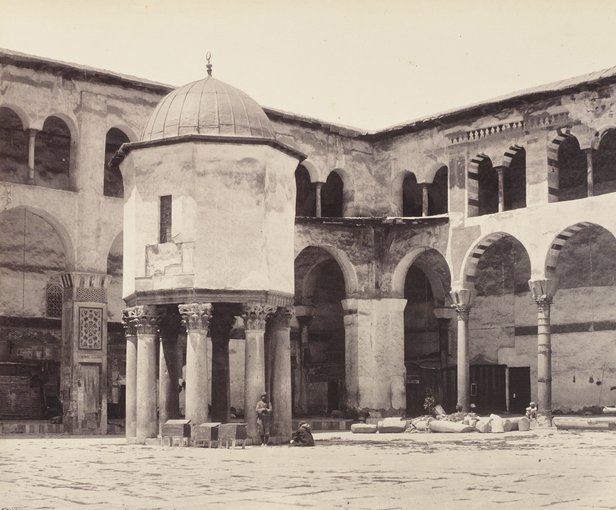

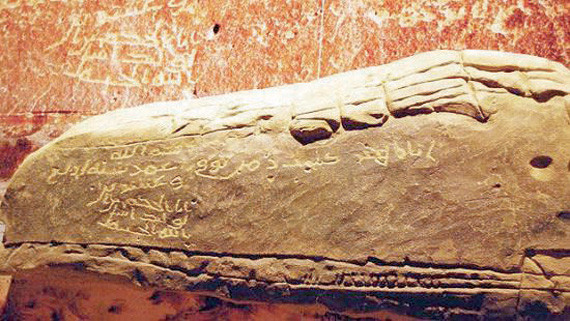
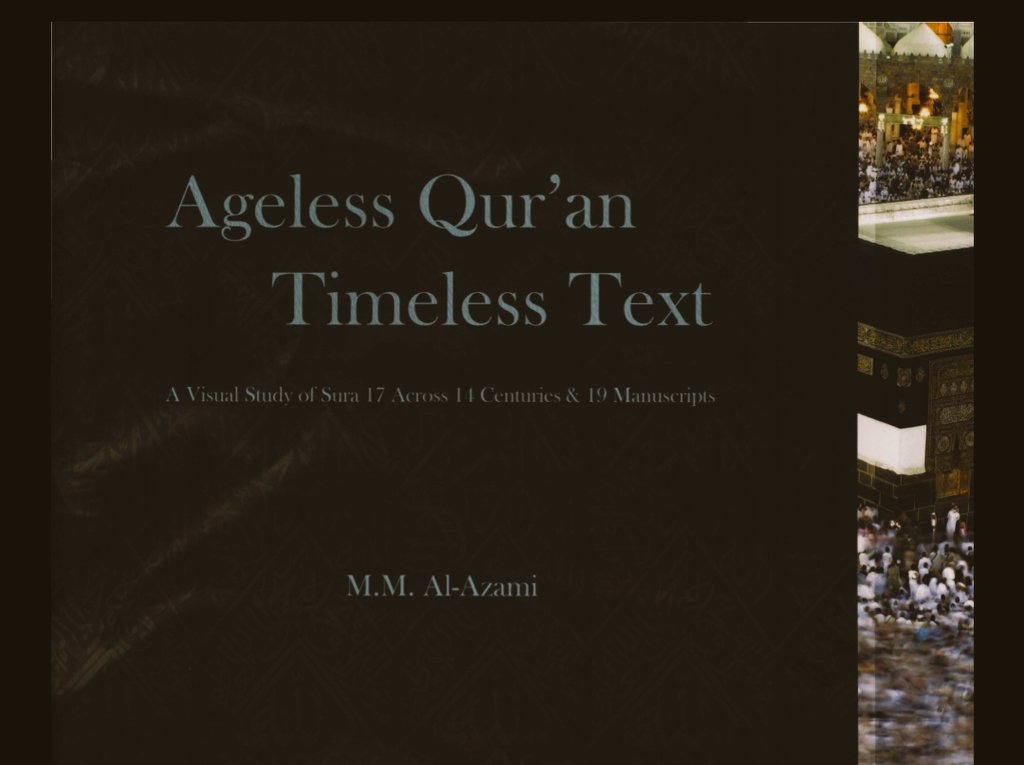
 1. *Context. When it comes to reproducing/publishing early Qur'anic manuscripts, we basically have two ways to follow, either diplomatic or facsimile editions. Yes, I know, Digital Humanities counts too.
1. *Context. When it comes to reproducing/publishing early Qur'anic manuscripts, we basically have two ways to follow, either diplomatic or facsimile editions. Yes, I know, Digital Humanities counts too.